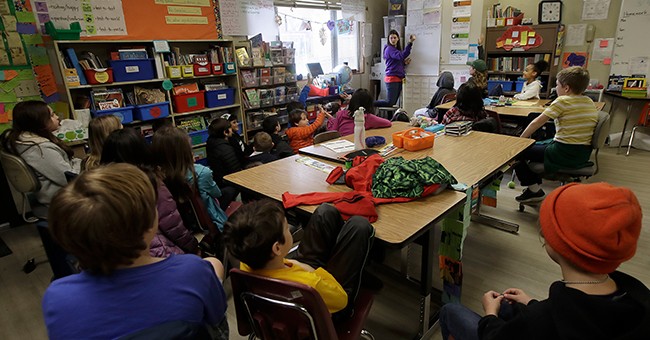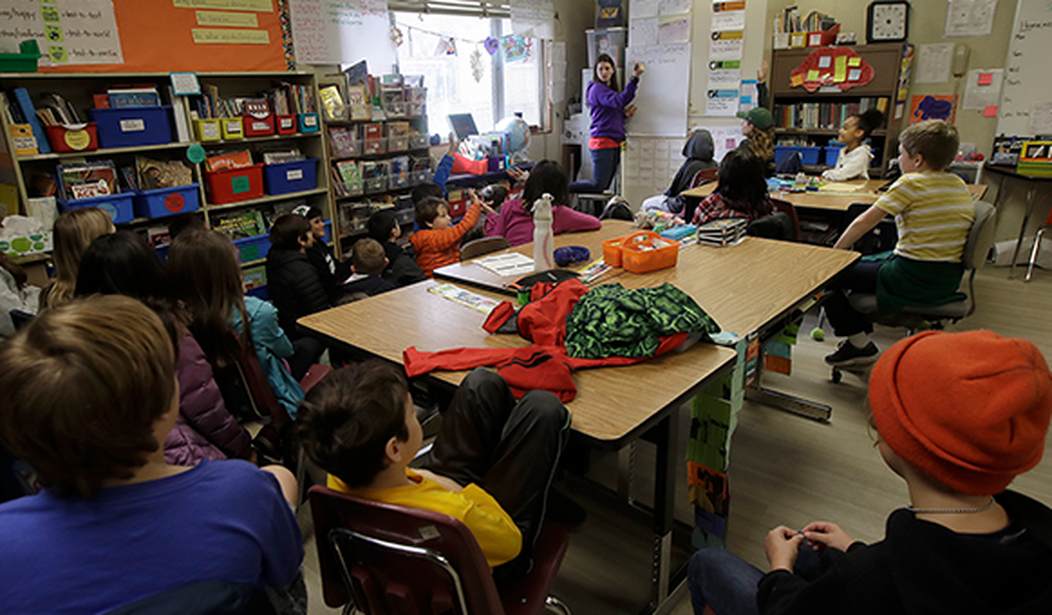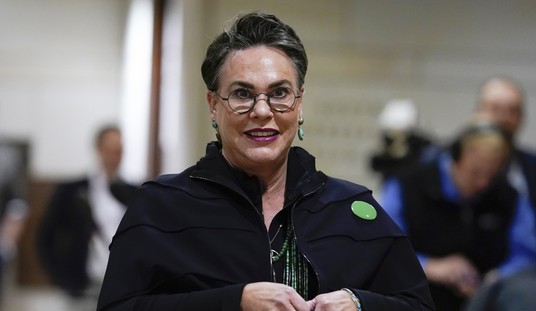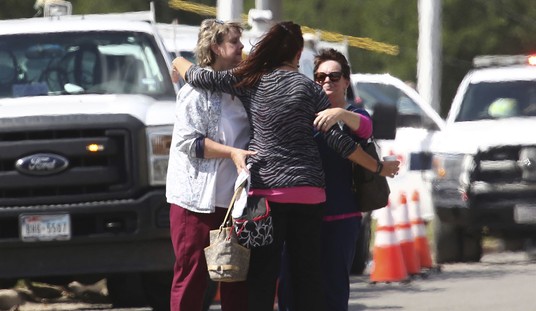
My biggest concern, as many educators, unions, and entire education systems decide that returning to school simply is not an option, is the social-emotional health of our children.
For the vast majority of our kids, school has been out since March. That was five months ago, and in many cases (including the district where I work), they’ll be on their sixth month by the time they’re back into a classroom. That is, if the districts planning to open after Labor Day don’t get cold feet and go virtual instead. I would prefer we go back sooner rather than later.
There is a very real possibility that many of our children won’t be in a proper social setting for over half a year and growing. Social settings like the school environment are vital to the social and emotional health of our students because they will learn social cues, how to make emotional connections, communication skills, and other vital aspects of their development as people.
While most students may be okay getting a lot of these at home, there is one group of students who need as much work in order to learn to properly communicate and interact: Students with special needs.
Ranging from special education students to students on the autism spectrum to students with certain communication disorders due to other developmental barriers, nearly 7 million students in the U.S. (roughly 14% of students according to national enrollment numbers) have some sort of disability and require an individualized education plan (IEP). The federal government requires through the Individuals with Disabilities Education Act (IDEA) that districts provide the students with the tools necessary to be successful in the classroom so that their disability doesn’t hinder their academic progress.
In some cases, the needs are mild. They need every assignment to come in written form, require preferential seating to maximize attentiveness and proximity to teacher, have to have constant redirection, etc. It’s a little extra work for the teacher, but nothing too hard. It’s not like I wouldn’t do that for any kid that comes into my classroom if they ask for it. Some kids need a little more, though. They need to be kept from certain triggers or have to be given a pass to go see a counselor or go sit in the hall to cool down.
When you get to know them well, you get a good feel for what their individualized needs are. There are several who, through trust and conversation, earned a “Take A Lap” break, where they would get a pass and just walk up and down the hall for a couple of minutes before coming back. You can’t trust every kid with that responsibility, of course, but many of the kids want to earn that.
But learning what helps a kid and what hurts a kid in the classroom takes communication and it takes learning the child just as much as the child is learning you. In a virtual setting, it is much harder to build those bonds and, as a teacher, meet those needs.
In some areas of virtual education, there are benefits. Students with individualized needs are able to work at their own pace and get a handle on their own education, building a level of self-sufficiency that is so critical for development and adult life. They are able to reach out to a teacher privately without the whole class knowing they’re struggling — I can’t begin to tell you how many times a student has failed a test in my class because they were too embarrassed about appearing “dumb” to their classmates rather than ask questions.
The personal communication, that eye-to-eye contact, and the emotional language skills that the student needs to build outside of their homes? That doesn’t begin to develop in an online environment. It is true that communication with one’s family builds some of these skills, but students have to experience the effects of the verbal and nonverbal language they use in an environment with people who they don’t have a built-in relationship with already. They need to experience the rewards of communicating the right way, and the consequences of communicating the wrong way.
Likewise, they need to have the support from educational staff to help them learn in ways they simply cannot from behind a computer screen. They need certain therapies given in-school — speech and language development for one — and certain reinforcements that have to come from specialized educators. These cannot happen when a child is not present in school and are not guaranteed to have immediate access to the people they have to see in order to get the help they need.
What I would not be surprised to see is a wave of lawsuits across the country from parents whose children need this support. I would also not be surprised to see private schools begin to hire more personnel to meet these needs as parents pull their kids from public schools to the private schools that are opening up despite the virus. And, I would not be surprised to see parents just choose to homeschool their kids full time and use homeschool groups to provide the social-emotional support and reinforcement their children need.
Public education is facing a crisis that comes from being led by those in panic and those allied more to the teachers’ unions than to the parents and students they serve. There could very well be a reckoning as parents realize the schools are not on their side, and that will hurry along the coming revolution in education that has been on the horizon for a few years now.
Hopefully, the reckoning and revolution will force our schools to do better for our children and their needs.














Join the conversation as a VIP Member